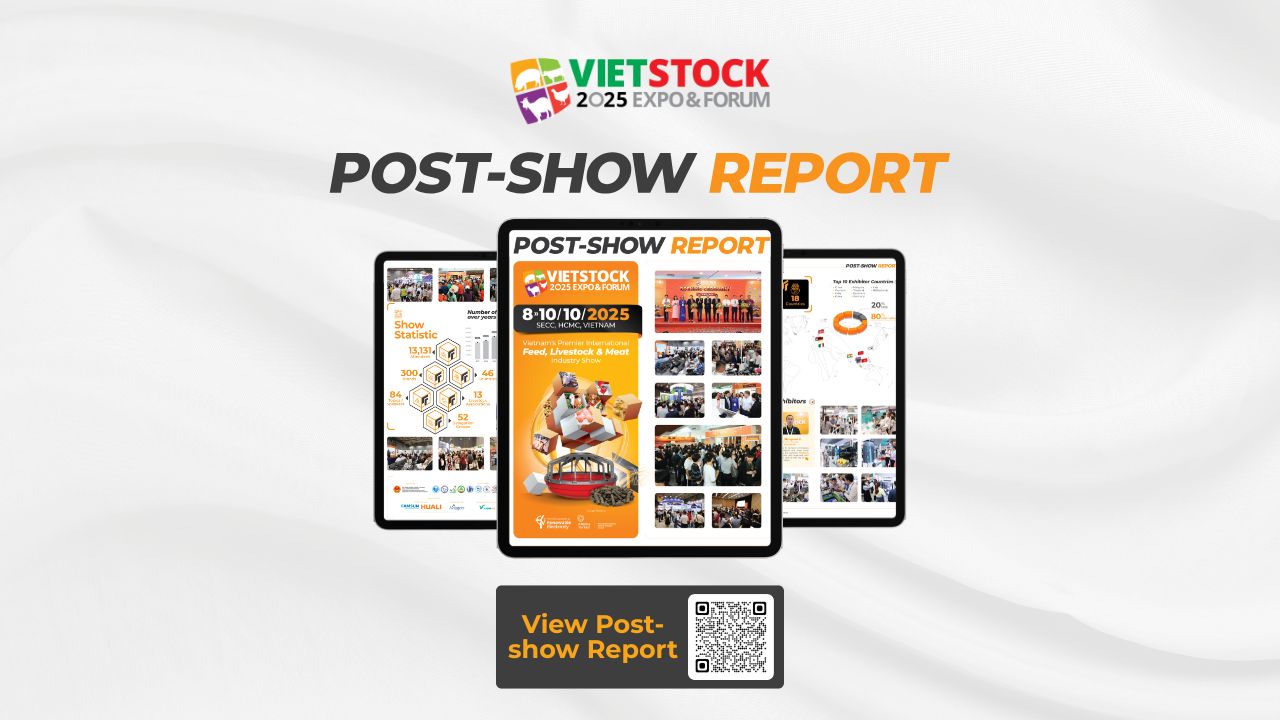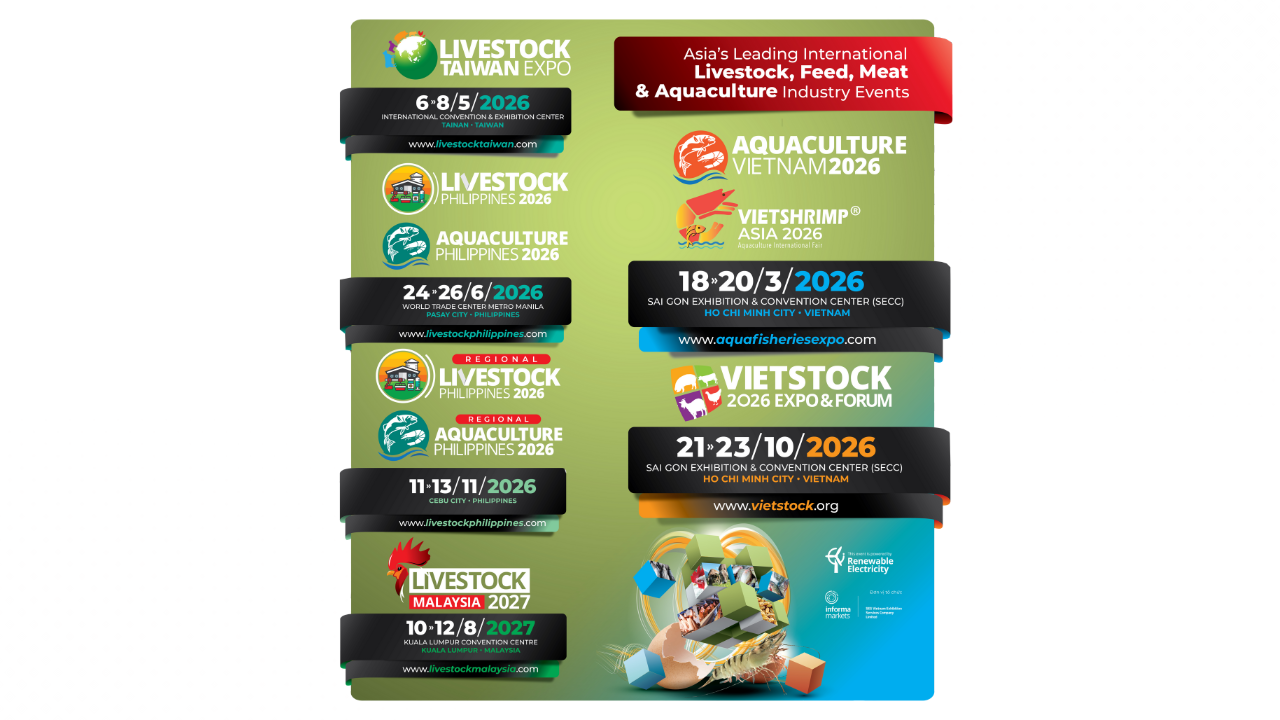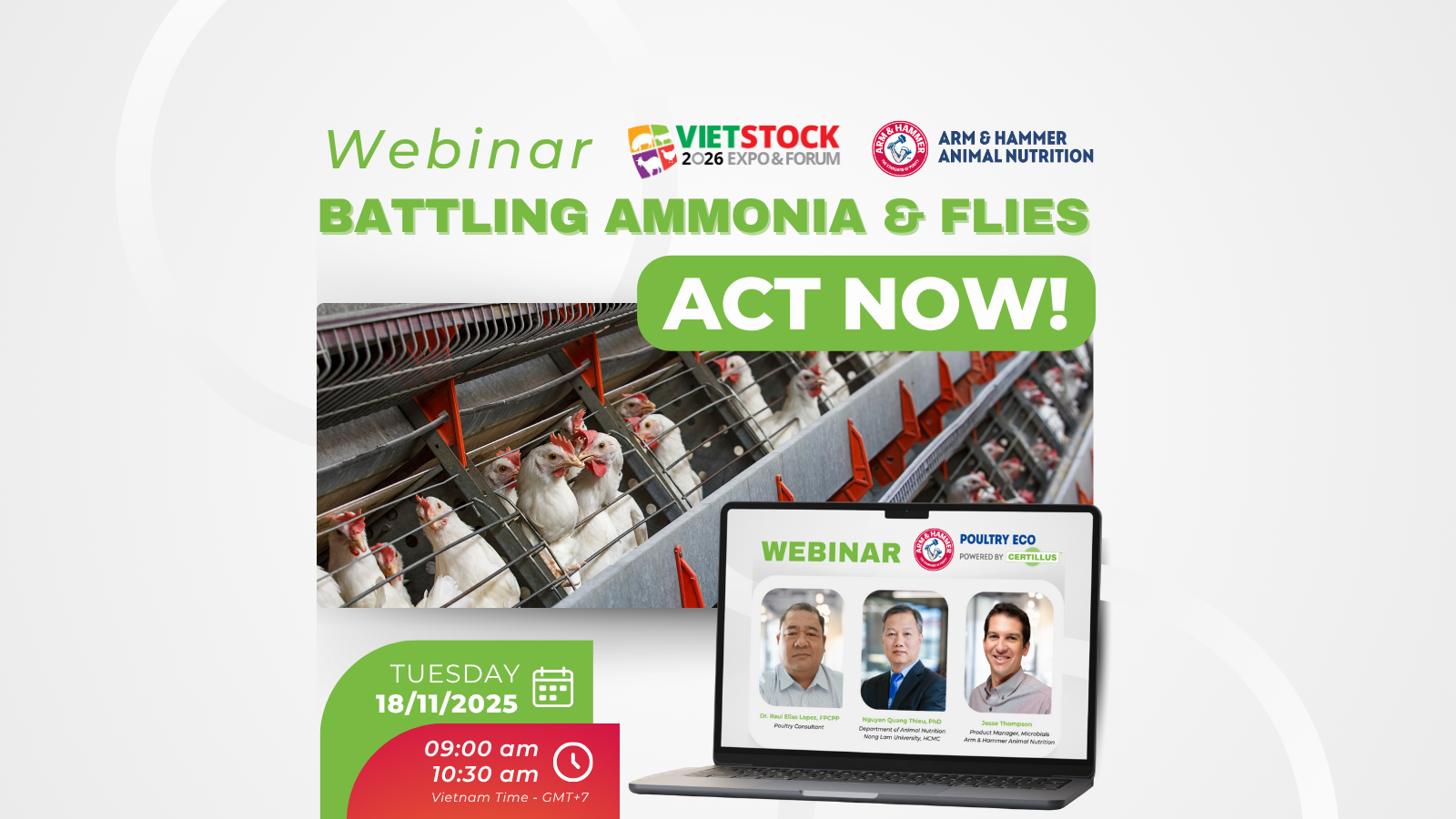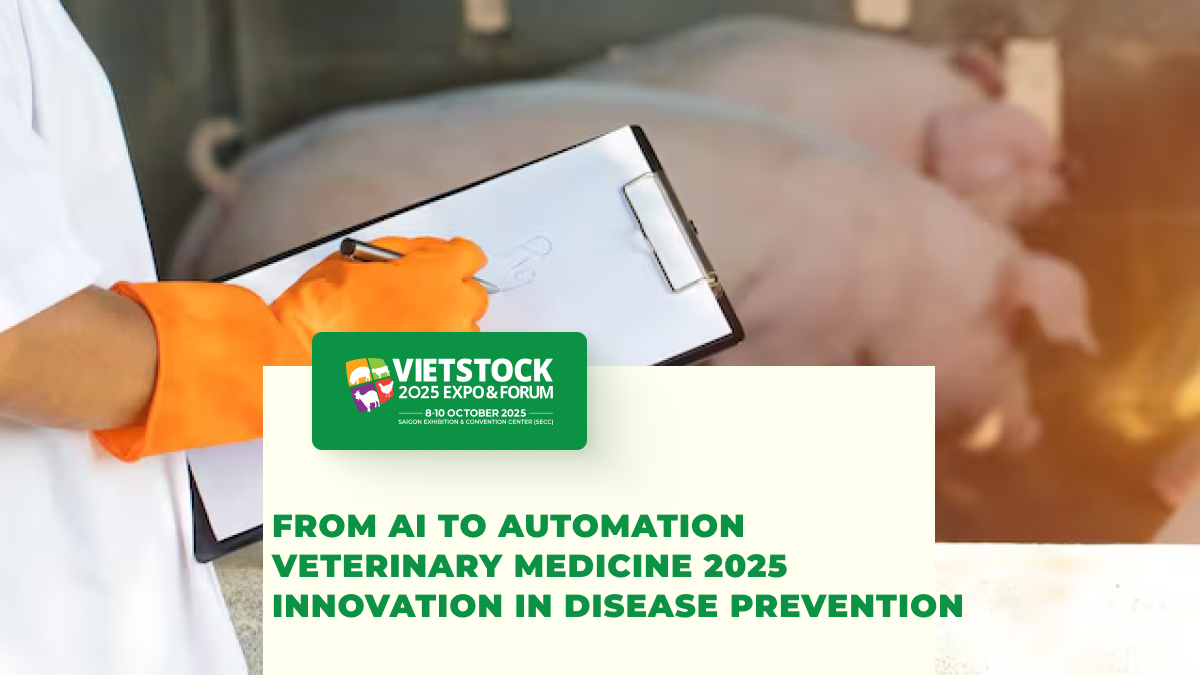WHAT IS THE NEW DIRECTION IN AGRICULTURE DEVELOPMENT?
Circular economy is one of the most concerned contents of the Ministry of Agriculture and Rural Development in the process of promoting the agricultural economy. This is an inevitable trend of countries around the world and Vietnam.
The circular economy in agriculture
Circular economy in agriculture is a production process in a closed cycle, waste and by-products of one process are the input to another process through the application of scientific and technical advances, biotechnology, physicochemical technology.
Agricultural production will exploit and use resources economically, effectively minimizing waste and post-harvest losses, creating safe, high-quality products, and minimizing waste causing environmental pollution.
The inevitable development trend
Currently, the circular economy is one of the most concerned contents of the Ministry of Agriculture and Rural Development in the process of promoting the agricultural economy and taking advantage of agricultural waste as a source of income to increase agricultural value chains, helping to increase farmers’ income.
Agricultural development in the direction of a circular economy is an inevitable trend, which needs to be further promoted to continue increasing the value chain for the agricultural sector, turning agricultural by-products into an increasingly valuable source of raw materials and especially towards green and sustainable agricultural development.

Agriculture & Agricultural Extension Forum in Bac Ninh
Exciting results
Many farms in provinces and cities throughout Vietnam have successfully implemented the model, reaping many encouraging benefits.
In Tien Giang, many models and solutions are geared towards agricultural production according to sustainable circular criteria such as: Applying the “3 decrease, 3 increase” rice production process; “1 right, 5 decrease” in rice production; Integrated pest management IPM on crops; Produce according to GAP, apply microbiological and high technology in agricultural production, apply biosafety livestock measures; Biogas works, animal waste treatment…
An example of practical effectiveness in applying the circular agriculture model comes from the production model at the farms of GC Food Group, Ninh Thuan. The farms that have effectively applied the circular agriculture model are VietFarm farm, Nang & Gio farm… In order not to waste, all aloe vera peels and peels from the factory are collected, incubated with probiotics, mixed with cattle manure to create organic fertilizer for raw aloe vera, vineyards, apple orchards and even pastures to feed cows and sheep.

GC Food Group’s farms take advantage of agricultural waste from aloe vera as fertilizer
With an area of about 6,000m2 in Dai Mo ward, Nam Tu Liem district, Hanoi city, Apollo farm can be called a small farm developed in the suburbs. To develop, this farm has changed to the trend of circular economy. In the past, wastewater from many small livestock households was often discharged directly into the river. Currently, this farm has collected and incubated with probiotics. From being harmful to the environment, waste has now become a valuable material for raising worms. Mr. Nguyen Van Thao, Technical Director of Apollo said, “The first effect of this model has been to thoroughly treat wastes that have a negative impact on the surrounding environment. The second effect is that the animals are fed organic produce and organic probiotics.”
The circular agriculture model contributes to the creation of a closed ecosystem. The development of circular agriculture is the new direction in the current high price context.
————————–
Info Box:

VIETSTOCK 2023 – The Premier International Feed, Livestock & Meat Industry show in Vietnam. For more information, please contact our team:
- Anita – [email protected]
- Phuong – [email protected] (group delegation support)
- Tel: (+84) 28 3622 2588




